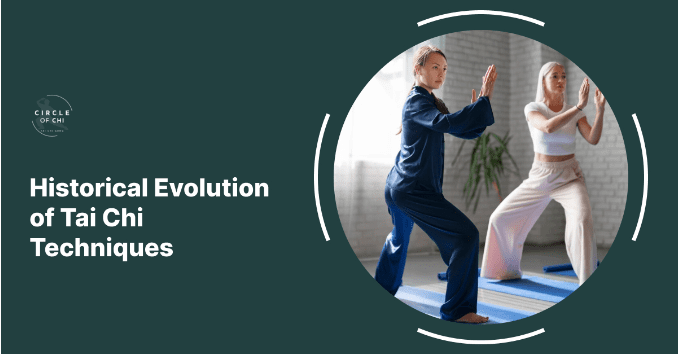Key Takeaways Table
| Aspect | Details |
|---|---|
| Origin and Philosophy | Tai Chi, deeply rooted in Taoist and Buddhist philosophies, was influenced by figures like Lao Tzu and Zhang Sanfeng. It is a physical embodiment of principles like the Yin Yang Theory. |
| Early Masters and Forms | Zhang Sanfeng, a 12th-century Taoist teacher and martial artist, is credited with creating the first Tai Chi form, blending martial arts with internal philosophies. |
| 20th Century Evolution | Tai Chi saw significant transformations in the 20th century, with the establishment of various styles and international spread, especially in the West. |
| Physical and Mental Health Benefits | Tai Chi offers numerous health benefits, including improved balance, flexibility, stress reduction, and mental health improvements. |
| Modern Practices and Variations | Various styles, including Chen, Yang, Wu, and Sun, have been developed, each with unique characteristics and techniques. |
The Genesis of Tai Chi: A Philosophical and Martial Fusion
Tai Chi’s journey begins in ancient China, deeply intertwined with Taoist and Buddhist philosophies. The writings of Lao Tzu in the Tao Te Ching played a crucial role in shaping the philosophical underpinnings of Tai Chi. This martial art is not just a set of movements but a physical manifestation of profound philosophical concepts such as the Yin Yang Theory, highlighting the balance and harmony in opposing forces.
The Emergence of Tai Chi Techniques: Zhang Sanfeng’s Contribution
Tai Chi’s technical evolution can be traced back to the 12th century with Taoist teacher and martial artist Zhang Sanfeng. Legend has it that Zhang, inspired by observing a fight between a bird and a snake, sought to create a martial art that was non-violent, focusing on internal energy and softness over brute strength. His innovative approach blended the external martial arts with internal philosophies, giving birth to the first Tai Chi form, comprising 72 movements.
To explore the rich tradition of Tai Chi and its modern applications, visit “Do Tai Chi Gung”.
Tai Chi in the 20th Century: Global Expansion and Diversification
The 20th century marked a period of significant change and global spread for Tai Chi. Political and social upheavals in China led to Tai Chi being practiced in secret. However, its reach extended beyond China’s borders, gaining popularity in the West as a form of gentle exercise and stress reduction. Key figures like Master Cheng Man-Ching played a pivotal role in this expansion by founding the International Tai Chi Chuan Association and promoting Tai Chi’s health and meditative aspects. This era witnessed the development of new styles, like Wu and Sun, which introduced unique elements to the traditional Tai Chi repertoire.
Learn more about Tai Chi’s growth and its contemporary practice in “Learn”.
The Holistic Benefits of Tai Chi Practice
Tai Chi is revered for its extensive physical and mental health benefits. It’s a low-impact exercise emphasizing slow, flowing movements, ideal for improving balance, flexibility, and cardiovascular health. Tai Chi has shown remarkable results in managing chronic conditions like arthritis, COPD, and heart diseases. Its mental health benefits are equally impressive, aiding in stress reduction, improving sleep quality, and enhancing cognitive function. These wide-ranging benefits make Tai Chi an increasingly popular choice for individuals seeking holistic well-being.
Discover the diverse benefits of Tai Chi in “The Art of Movement”.
Modern Tai Chi: Diverse Styles and Techniques
The evolution of Tai Chi has led to the development of multiple styles, each with its distinct characteristics. From the traditional Chen style, known for its energetic and dynamic movements, to the Yang style, renowned for its gentle and flowing techniques, Tai Chi offers a range of practices suitable for different preferences and abilities. These styles not only reflect the art’s historical development but also its adaptability to contemporary needs.
For beginners interested in starting their Tai Chi journey, check out “Learning the Basic Tai Chi Moves for Beginners”.

